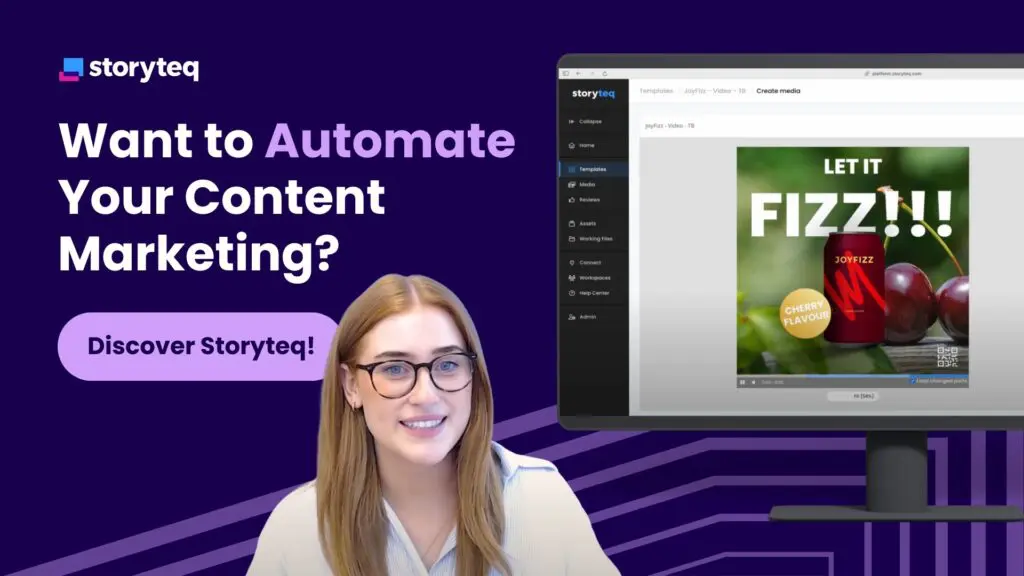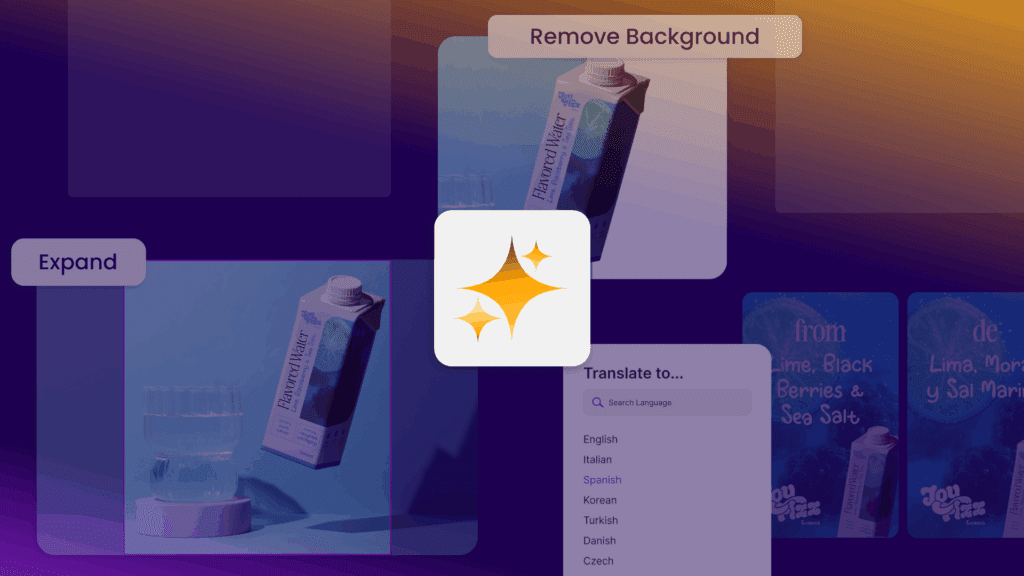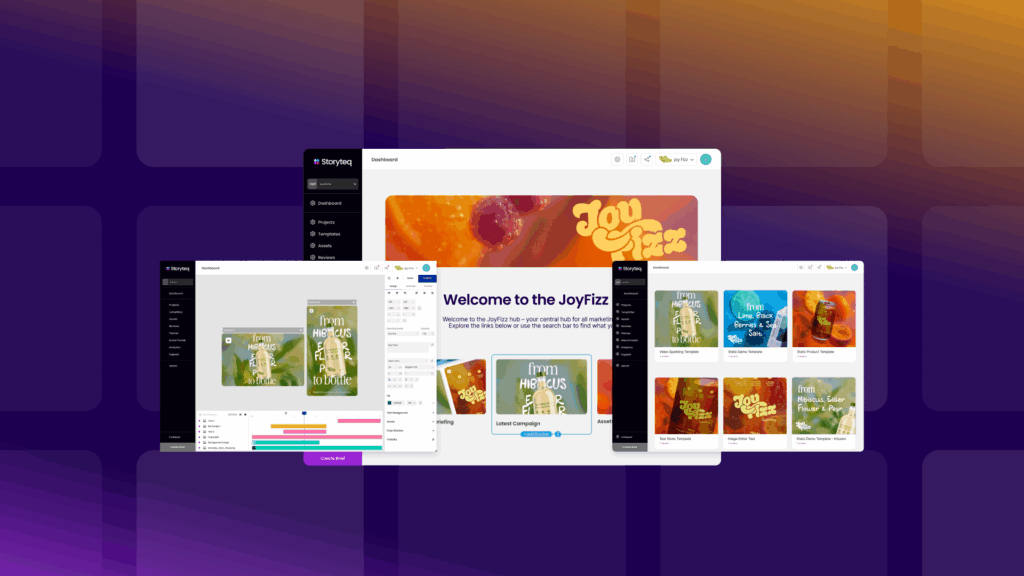Digital Asset Management (DAM) systems and content marketing platforms serve distinct yet complementary purposes within the marketing technology ecosystem. While DAMs focus primarily on organizing, storing, and distributing digital assets, content marketing platforms provide comprehensive tools for planning, creating, distributing, and measuring marketing content across channels. Understanding their unique capabilities helps marketing teams select the most appropriate solution for their specific needs.
What is a Digital Asset Management (DAM) system?
A Digital Asset Management system serves as a centralized repository for storing, organizing, and distributing digital assets. These assets typically include images, videos, documents, audio files, and other media that organizations use across their marketing efforts. DAM systems provide robust metadata tagging, version control, and search functionality to help teams quickly locate and utilize the right assets.
Modern DAM solutions have evolved beyond simple storage systems. They now offer advanced features like automated tagging using AI, digital rights management, and approval workflows. The primary purpose of a DAM is to create a single source of truth for all digital assets, ensuring brand consistency and reducing duplicate work.
As Storyteq’s ActiveDAM demonstrates, the vision for modern DAMs is shifting from passive repositories to proactive asset management systems that support use cases for AI, new content generation, and data integration.
What is a content marketing platform?
A content marketing platform is an end-to-end solution designed to streamline the entire content marketing lifecycle. These platforms help teams plan, create, manage, distribute, and measure the performance of marketing content across various channels and campaigns.
Content marketing platforms typically include features such as:
- Campaign planning and scheduling tools
- Content creation and automation capabilities
- Workflow management for collaboration
- Content distribution across channels
- Performance analytics and reporting
The core purpose of a content marketing platform is to centralize and streamline marketing operations, providing teams with the tools they need to produce consistent, high-quality content at scale. These platforms help marketers address the growing demand for personalized content across multiple channels while maintaining brand consistency.
What are the main differences between a DAM and a content marketing platform?
While both solutions support content operations, they differ significantly in several key aspects:
| Dimension | DAM Systems | Content Marketing Platforms |
|---|---|---|
| Primary Purpose | Asset storage and management | End-to-end content marketing workflows |
| Core Focus | Organization and accessibility of assets | Content planning, creation, and distribution |
| Target Users | Asset managers, designers, broader organization | Marketing teams, content creators, campaign managers |
| Workflow Depth | Asset-centric workflows | Complete marketing process workflows |
DAM systems excel at organizing and making assets accessible, while content marketing platforms focus on the broader marketing process, from ideation through execution and measurement. The key distinction lies in their scope – DAMs primarily manage assets, while content marketing platforms orchestrate the entire content marketing process.
When should you use a DAM system instead of a content marketing platform?
DAM systems are particularly valuable when your primary challenge involves managing a large volume of digital assets across multiple teams or departments. Consider prioritizing a DAM when:
- Your organization struggles with finding and accessing the correct version of assets
- Multiple departments need access to a centralized asset library
- Brand consistency across materials is a significant concern
- Digital rights management and asset governance are priorities
- Your asset library is growing rapidly and becoming difficult to navigate
Organizations with complex asset management needs often benefit from implementing a DAM first to establish a foundation of organized assets before expanding to broader content marketing capabilities.
When is a content marketing platform better than a DAM?
Content marketing platforms provide greater value when your challenges extend beyond asset management to encompass the entire content marketing lifecycle. A content marketing platform is typically the better choice when:
- Your team struggles with planning and coordinating marketing campaigns
- You need to produce high volumes of content across multiple channels
- Collaboration bottlenecks slow down your content production
- You lack visibility into content performance across channels
- Personalization and localization of content are key priorities
Marketing teams facing pressure to deliver more personalized content faster, while working with limited resources, will find that content marketing platforms offer the comprehensive toolkit needed to meet these demands efficiently.
Can DAM and content marketing platforms work together?
Rather than viewing these solutions as alternatives, many organizations benefit from integrating DAM systems with content marketing platforms. This integration creates a powerful foundation for content operations by combining robust asset management with comprehensive marketing workflows.
When integrated effectively, a DAM system can serve as the centralized asset repository that feeds into the content marketing platform’s creation and distribution processes. This approach ensures that:
- Marketing teams can access approved assets directly within their workflow
- Brand consistency is maintained across all content
- Asset usage can be tracked across marketing initiatives
- Content creation becomes more efficient with readily available assets
The integration eliminates silos between asset management and content marketing activities, creating a more seamless content ecosystem.
DAM and content marketing platform insights for effective content operations
Choosing between a DAM system and a content marketing platform—or implementing both—depends on your specific content challenges and organizational needs. For teams primarily struggling with asset management, a DAM system provides the foundation needed to organize and distribute digital content effectively. For marketing teams facing broader content marketing challenges, a comprehensive content marketing platform offers the tools needed to streamline the entire process.
We at Storyteq understand that today’s marketing teams face unprecedented demands for content creation and management. Our content marketing platform combines robust DAM capabilities with comprehensive content marketing tools, enabling teams to plan, create, and distribute personalized content at scale. By bridging the gap between asset management and content marketing, we help organizations overcome the “Marketing Execution Gap” that many brands experience today.
Ready to see how our platform can transform your content operations? Explore our content marketing platform or request a demo today to learn more.




